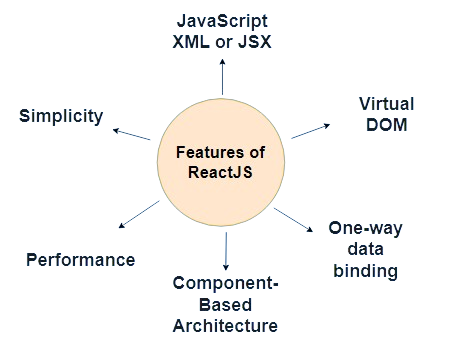Following Key Topics to Cover in React JS-
1) Introduction to React JS
- What is React JS?
- Key Features of React JS
- Virtual DOM
- React Components
2) Setting Up a React Environment
- Creating a React App
- React Development Tools
- Project Structure
- Understanding npm and yarn
3) React Components
- Functional Components
- Class Components
- State and Props
- Component Lifecycle
- Handling Events
4) JSX (JavaScript XML)
- Introduction to JSX
- Embedding Expressions
- JSX Attributes
- JSX and HTML Differences
5) React Hooks
- Introduction to Hooks
- useState Hook
- useEffect Hook
- Custom Hooks
6) React Router
- Introduction to React Router
- Setting Up Routes
- Navigating Between Routes
- Route Parameters
- Route Guards
7) Managing State in React
- Local State vs. Global State
-
State Management Libraries (Redux, Context API)
- Using Redux for State Management
- Async Actions with Redux Thunk
8) Handling Forms in React
- Controlled Components
- Uncontrolled Components
- Form Validation
- Formik Library
9) Styling in React
- Inline Styles
- CSS Modules
- Styled Components
- Third-Party Libraries for Styling
10) React Performance Optimization
- Identifying Performance Issues
- React.memo
- Optimizing Re-renders
- Code Splitting
11) Testing React Applications
- Introduction to Testing
- Unit Testing with Jest
-
Integration Testing with React Testing Library
- End-to-End Testing with Cypress
12) Building React Applications
- Production Builds
- Deployment Strategies
- CI/CD Integration
- Performance Optimization
Mastering React JS is essential for building modern,
interactive, and scalable web applications. This
curriculum covers the fundamental topics needed to
become proficient in React development. By
understanding these concepts, you can create dynamic
user interfaces and build robust web applications.
Best of luck with your learning journey!


